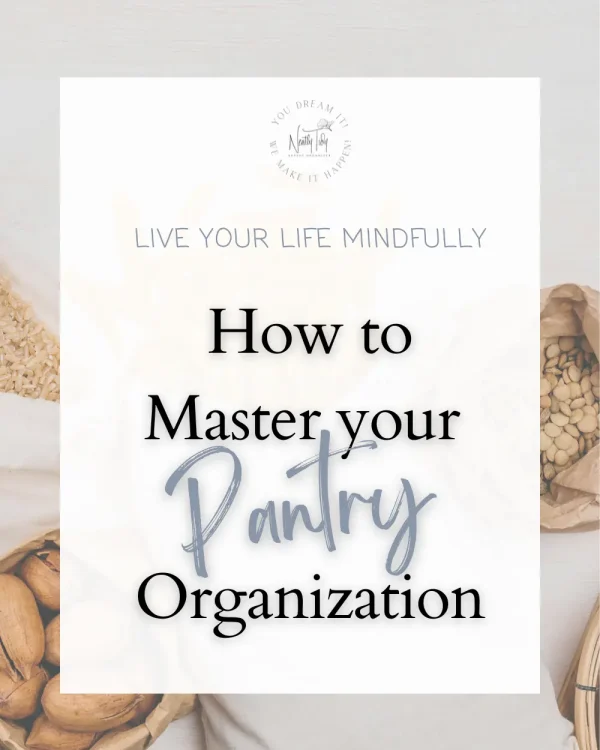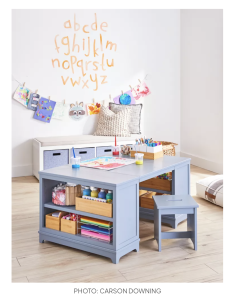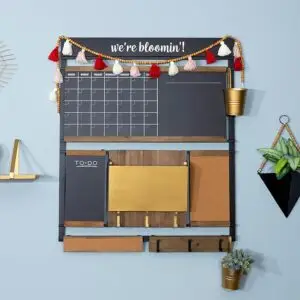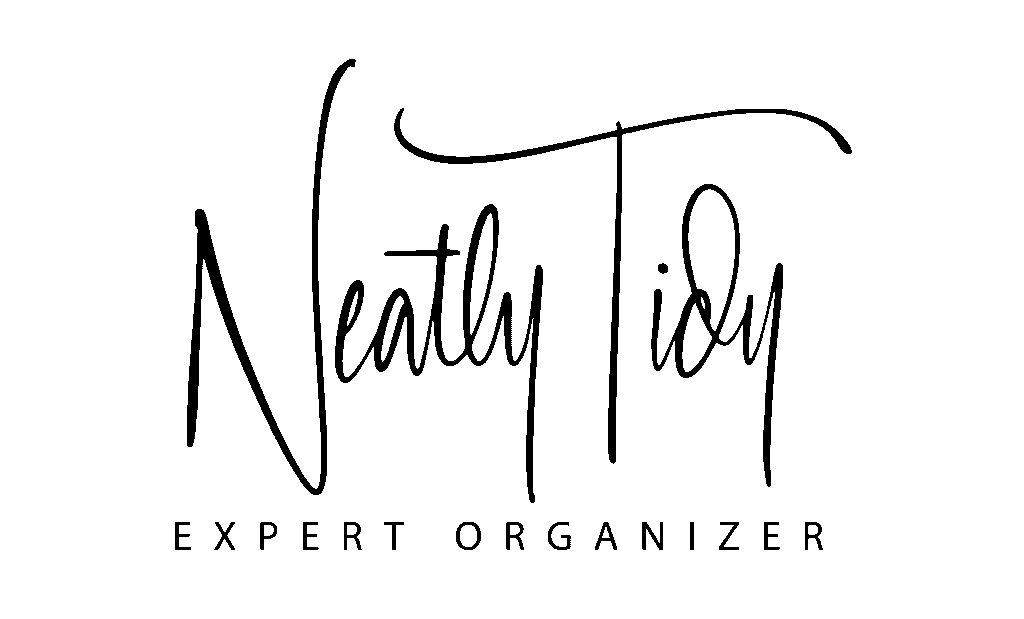
Mastering Pantry Organization:
Benefits, Challenges, Steps, and Rules
A well-organized pantry is the recipe for effortless cooking
and a clutter-free kitchen.Natalie M. Tweet
An organized pantry is the key to a streamlined kitchen and stress-free meal prep. When cluttered or disorganized, your pantry can lead to wasted time, expired food, and unnecessary frustration. Mastering your pantry organization is about creating a system that makes finding what you need easy, reducing waste, and keeping your space functional and visually pleasing. In this guide, you’ll discover practical strategies, storage tips, and creative ideas to transform your pantry into a tidy, efficient, and inspiring space.

A well-organized pantry is essential for any kitchen, serving not only as a storage space but also as a crucial component of meal planning, cooking efficiency, and maintaining a healthy lifestyle. In this comprehensive guide, we will delve into the importance of pantry organization, its numerous benefits, the challenges that often arise in achieving it, the steps to effectively organize your pantry, and the rules for maintaining that organization over time.
Why is Pantry Organization Essential?
The pantry is often referred to as the heart of the kitchen, and its organization plays a key role in how efficiently we prepare meals and manage our ingredients. The importance of an organized pantry can be summarized as follows:
- Maximized Space: A well-organized pantry optimizes every inch of storage, allowing you to make the most of available space and avoid clutter.
- Ease of Meal Preparation: Quick access to ingredients streamlines meal prep, enabling you to spend less time searching for what you need.
- Reduction of Food Waste: When you can see everything you have, it’s easier to use ingredients before they expire, ultimately leading to less food waste.
- Encouragement of Healthy Eating: An organized pantry can help promote meal planning and healthy eating by making wholesome food options easy to find.
Benefits of Maintaining an Organized Pantry.
Organizing your pantry offers a plethora of benefits that extend beyond the kitchen:
- Time Saving: Quickly locating ingredients translates to reduced cooking times and less frustration during meal prep.
- Enhanced Inventory Management: Keeping track of what ingredients you have on hand allows for better planning when grocery shopping or creating recipes.
- Cost Efficiency: By knowing what you already have, you can avoid duplicate purchases and save money on groceries.
- Visual Appeal: A tidy, organized pantry creates an inviting atmosphere in your kitchen, enhancing your culinary experience.
- Stress Reduction: A clutter-free space can significantly reduce stress and chaos in the kitchen, leading to a more enjoyable cooking environment.
Challenges to Pantry Organization.
Despite the clear benefits, many people encounter challenges when attempting to organize their pantries:
- Accumulation of Unused Items: Over time, pantries can collect expired foods, duplicates, or rarely used items that contribute to clutter.
- Lack of Time: Busy schedules may hinder the time needed to sort and organize the pantry properly.
- Diverse Food Types: The variety of items stored—ranging from canned goods to snacks—can make it hard to establish a consistent organizational system.
- Inconsistent Restocking Process: When shopping for groceries, individuals may not systematically restock, leading to confusion about what’s available.

Steps to Achieve Pantry Organization.
To successfully organize your pantry, follow these structured steps:
- Empty the Pantry: Start by removing all items from the pantry. This allows you to see everything you have and assess the space.
- Check Expiration Dates: Discard any expired or spoiled items. This helps reduce clutter and ensures you’re left with only the freshest ingredients.
- Sort and Categorize: Group similar items together (e.g., canned goods, grains, snacks, spices). This will help you establish a logical layout.
- Clean the Space: Wipe down shelves and floors to remove any spills or dust, creating a clean foundation for organization.
- Choose Storage Containers: Utilize clear bins, jars, or baskets to neatly store groups of items. Labeling these containers can enhance visibility and accessibility.
- Organize by Frequency of Use: Place frequently used items at eye level and keep lesser-used items higher or in less accessible spaces. This ensures ease of access.
- Implement a FIFO System: Adopt the “First In, First Out” principle—store newer items behind older ones to use up ingredients before they expire.
Rules for Maintaining an Organized Pantry.
Once your pantry is organized, adhere to these rules to keep it that way:
- Regular Maintenance: Schedule routine checks (e.g., monthly or quarterly) to reassess items, check expiration dates, and reorganize as needed.
- Label Everything: Use clear labels on shelves and storage containers to make it easy to find what you need and ensure items go back to their designated spots.
- Limit Bulk Purchases: While buying in bulk can save money, be mindful of space. Only buy bulk items that you know you’ll consume before they expire.
- Enforce “One In, One Out” Rule: When adding new items to your pantry, consider removing one to prevent clutter accumulation.
- Create a Grocery List: Maintain a list of pantry items and regularly update it to track what needs restocking, preventing overbuying.
- Educate Others: If your pantry is shared, ensure that all household members know the organization system and rules for maintaining it, promoting accountability.
my final thoughts...
A well-organized pantry is not only essential for efficient meal preparation and food management but also contributes to a healthier lifestyle, reduced stress, and a more enjoyable cooking environment. While challenges may arise in organizing your pantry, following the outlined steps and adhering to established rules will help you create and maintain a functional and visually appealing space. Embrace the benefits of an organized pantry today to enhance your culinary experience and streamline your daily routine.
🖤 Your Journey to a Clutter-Free Life Starts Here!
At NeatlyTidy, we believe that a more organized home isn’t about perfection—it’s about creating space for what matters most: peace, ease, and time for the people you love.
If this blog post helped you in any way, I’d be so happy if you’d click the like button, share it with a friend, or leave a comment below. Whether you have a question, a quick win, or something you’re struggling with—I’m here for it, and I’d love to hear from you.
✨ Want more tips, encouragement, and organizing inspiration?
Join my newsletter here and get a free [insert your freebie—like “10-Minute Tidy Checklist” or “Quickstart Guide to Organizing Any Room”] as a welcome gift!
Let’s keep making progress, one tidy corner at a time 🖤
The Organized Chronicles









Hello,
Looking ahead, I aspire to deepen my commitment to helping individuals discover their purpose in life. Whether it’s through personal coaching, workshops, or creating a supportive community, I am eager to leverage my skills in counseling and guidance to assist more clients in navigating their journey towards a fulfilling and purposeful life.
Thanks for taking the time to learn a little bit about me. I’m always open to new connections and experiences, so feel free to reach out!

